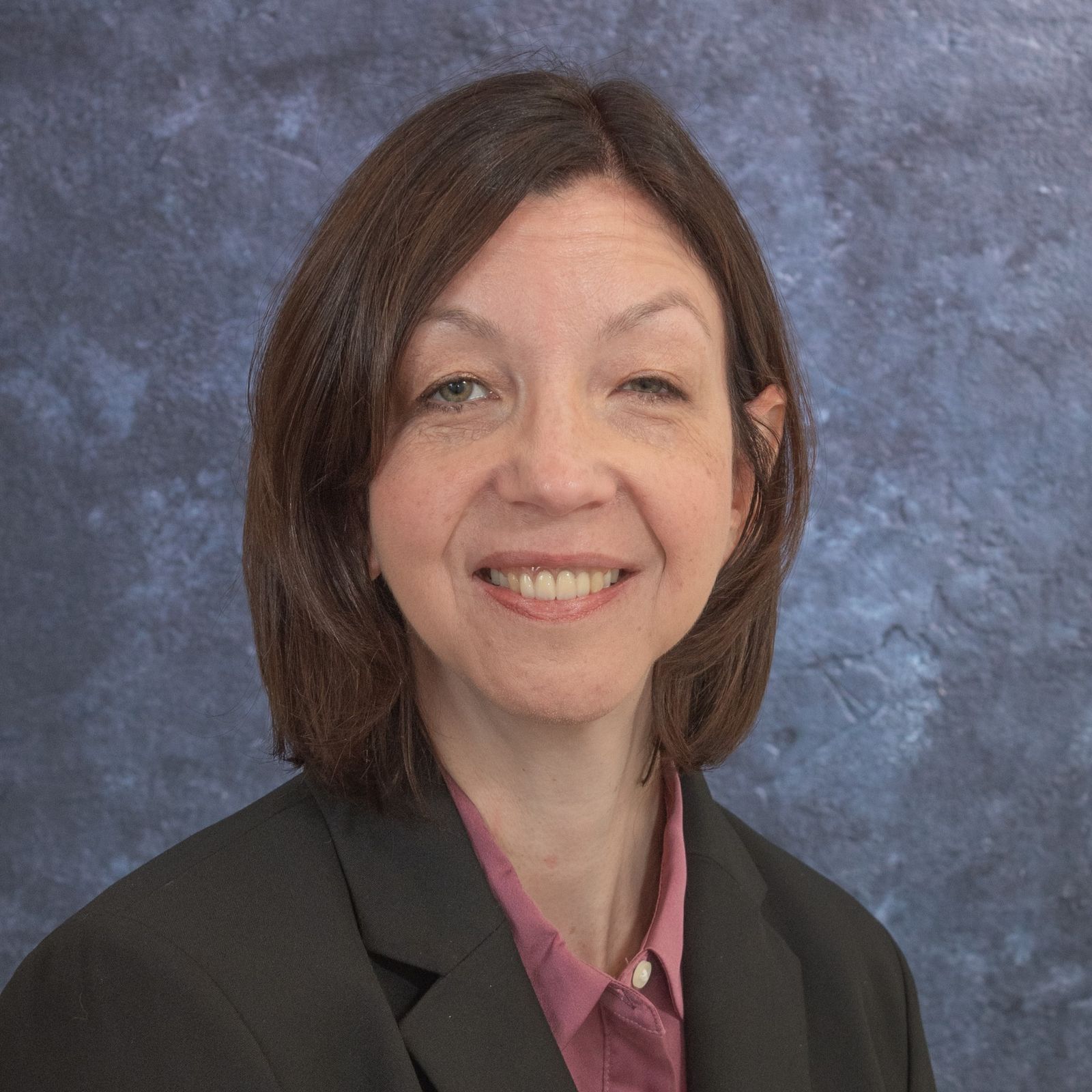
To our valued community,
In times of crisis, it’s natural to feel emotions of panic, anxiety, and despair. Here at Project Access NOW, we’ve certainly cycled through all those feelings over the past week since the passing of H.R. 1 (formerly known as the “Big Beautiful Bill” to some). Panic; for the impacts on Oregonians, an estimated quarter million of whom will lose life-saving health coverage as a result of these policies. Anxiety; for the unknown future of state health programs in Oregon due to an estimated $33 billion loss of federal funding over the next ten years. And despair; for the hard work Oregonians have done to move the needle on healthcare policy over the past few decades, only to be set back years overnight.
We’re not here to dwell on these feelings, however. There is a need for stark honesty about the implications of these policy changes, no doubt (more on that later). But how we react in times of crisis, how we work together to overcome challenges, and how we build community to challenge adversity - these are the things we want to focus on today. Since our founding in 2007, Project Access NOW has always been “the safety net to the safety net.” Wherever gaps appear in our healthcare system, PANOW has been there to fill them with a community-centered and innovative approach. We remember a time before the Affordable Care Act, when the uninsured rate in Oregon was nearly 20% and PANOW’s Donated Care Program was the only option to seek care for many Oregonians. As we look to the future, Project Access NOW is already planning how we will once again rise to fill the gaps in the system.
The reality is that the stipulations of this legislation will hit Oregon hard. The work requirements and 6-month renewals will result in the loss of coverage for countless Oregonians, many of whom are actually eligible for coverage but may struggle with the administrative burden of documentation. The loss of federal funding through reduced provider taxes and federal match for Emergency Medicaid will mean significantly less money available for the state to serve the 1.4 million Oregonians currently enrolled in the Oregon Health Plan. Cost-sharing requirements will mean that some Oregon Health Plan members will see increased out-of-pocket costs, which we know is a deterrent to seeking necessary care for many. Lower Medicaid enrollment and caps on State Directed Payments will mean less revenue for hospitals and Federally Qualified Health Centers (FQHCs), and therefore longer wait times, potential closures, and less capacity for community initiatives.
Project Access NOW is grateful for our partnership with regional health systems, Community Based Organizations, Coordinated Care Organizations, FQHCs, and government agencies, and we’re working closely with those partners to ensure that across the service delivery system, we can maintain the highest level of care possible for Oregonians. Oregon has weathered storms just like this in the past, and we will weather more in the future. As we move into the next era of Oregon’s healthcare history, the power of community is as critical as ever, so please don’t hesitate to reach out to us with opportunities to collaborate, or just to check in! We remain committed to serving those in need in our state and look forward to a more just future.
Sincerely,
Tracy Carver, MPA
President and CEO



